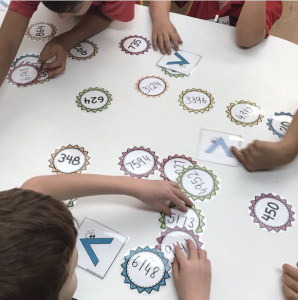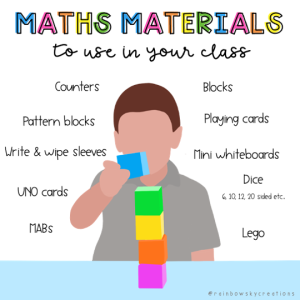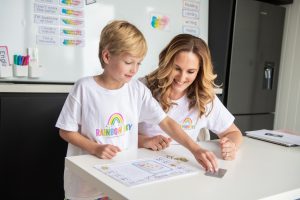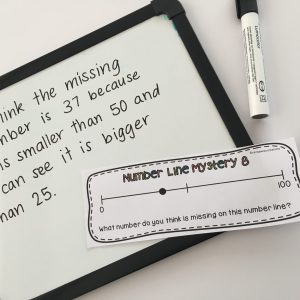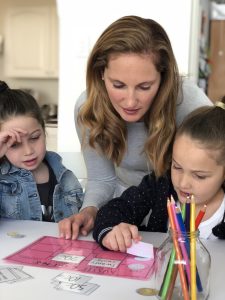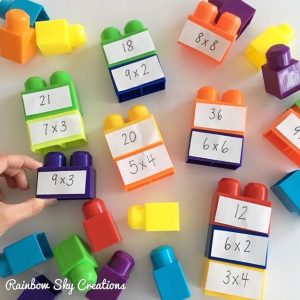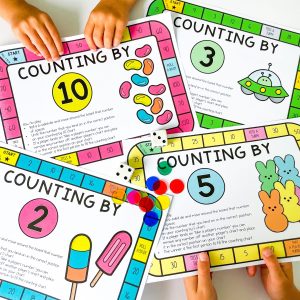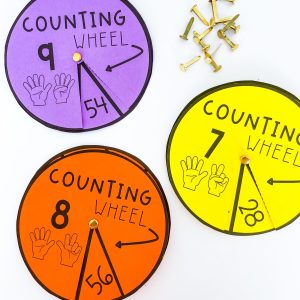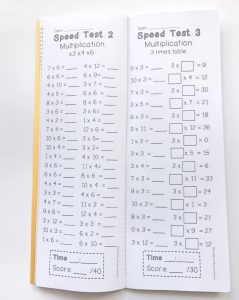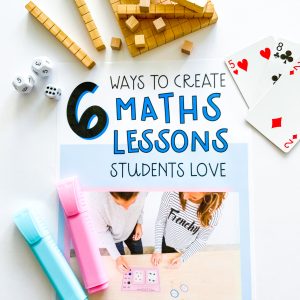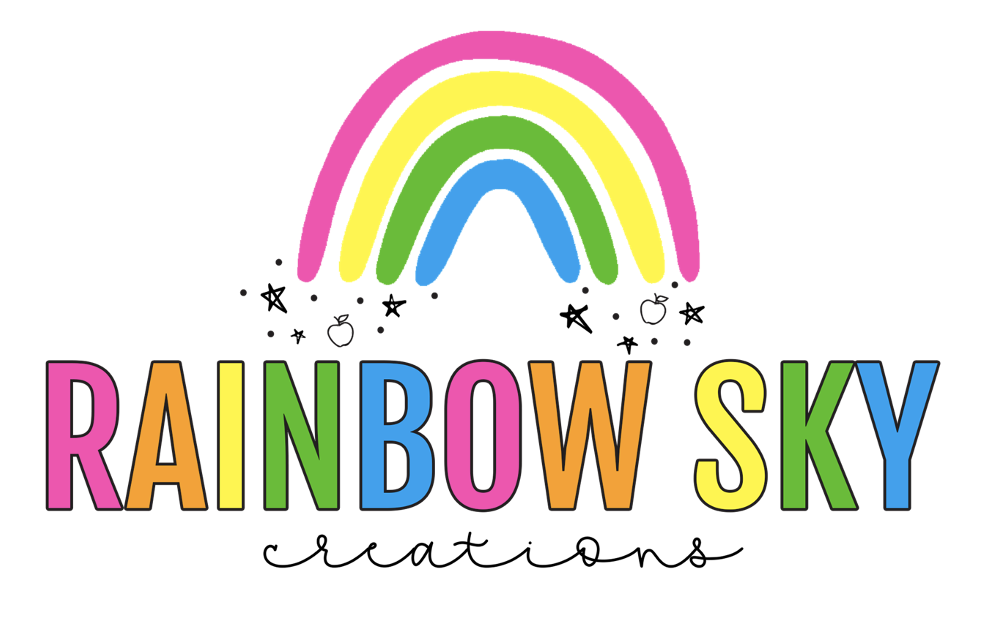Are you a teacher who often finds your students struggle with math lessons?
Do you find creating successful and fun math lessons daunting?
Do you strive for outcomes-based, differentiated, and engaging lessons but feel overwhelmed by the task?
Well, you are in the right place! We’re here to guide you in effortlessly delivering authentic learning experiences in math.
Many of the reasons our students struggle with math can fall into a handful of buckets. The good news is, that they are easy to tweak and implement small changes that will make a huge difference.
Keep reading to discover six essential elements to incorporate into your math lessons, making them enjoyable and effective for you and your students.
6 Reasons Why Learners Struggle with Math
1. We aren’t providing enough hands-on learning
One key reason students struggle with math is the need for hands-on experience. By incorporating hands-on activities, you can help students transition from concrete to abstract concepts.
Provide tangible materials and structured activities to scaffold their learning and boost their confidence.
Remember, hands-on activities are not just for early years; they are equally beneficial in primary years and beyond, making math engaging and fun for everyone.
2. Learning and Content Aren’t Differentiated
Differentiation is crucial in addressing the diverse needs of your students.
This doesn’t always mean creating separate activities for each child but rather adapting content, outcomes, processes, pacing, and support based on individual needs.
Ask yourself questions like:
- “What is the main learning goal for this lesson?” and “
- Can I offer open-ended tasks to cater to varying abilities?”
Differentiated instruction promotes inclusivity and ensures every student can thrive in math.
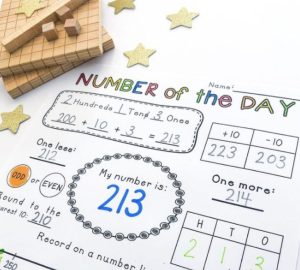
3. Lack of Explicit Teaching
Explicit teaching goes beyond a traditional lecture style. It involves modelling, guiding, and facilitating students’ understanding. Use teachable moments to impart mathematical concepts effectively in small groups or during independent work.
Explicit teaching helps students access content at their instructional level, leading to deeper comprehension and mastery.
One reason why we love maths groups is the element of being able to provide explicit teaching at each student’s level.
4. Our Students are Scared of Taking Risks
Mathematical confidence is often hindered by fear of making mistakes.
Encourage a growth mindset by celebrating mathematical risk-taking. Introduce affirmations like:
- “Mistakes are opportunities to learn”
- “We can tackle challenges together” and
- “I can learn hard things”
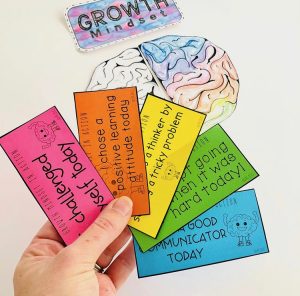
Furthermore, provide students tools like concrete materials and whiteboards that allow students to explore, experiment, and learn from errors comfortably.
During explicit instruction, we like to give every student a whiteboard so they can share their thoughts and explain their reasoning. Students can choose to show only the teacher or with the whole class. The more practice students have of stepping out of their comfort zone (in a safe place), the braver they will become to take risks.
5. Our Students Aren’t Clear on What a Successful Mathematician Looks Like
Help students envision themselves as capable mathematicians by showcasing what good mathematicians do. Teach them problem-solving strategies, effective communication in maths, and the importance of perseverance.
Shifting their mindset from “I can’t do maths” to “I’m a mathematician” fosters a positive attitude towards learning and turns that struggle with math into a more positive experience because they have a clear idea of how to succeed.
6. We Don’t Provide Enough Opportunities for Different Learning Styles
Recognise and cater to diverse learning styles by incorporating visual, auditory, and kinesthetic elements into your lessons.
Offer opportunities for collaborative work, independent exploration, and personalised learning experiences. Adapting to various learning styles ensures every student can actively participate and excel in math.
This can be tricky initially but becomes easier the more you do it. Here is an example of various activities when teaching multiplication:
- The Visual Learner – Use manipulatives like blocks and counters to create multiplication facts
- The Auditory Learner – Play skip counting games and show students how skip counting is linked to multiplication
- The Kinaesthetic Learner – Ask students to make their own resources to support their learning such as these counting wheels.
- The Reading / Writing Learner – Complete speed tests where students work on their fluency and towards beating their own personal best score
By integrating these strategies into your math lessons, you can create an inclusive, engaging, and effective learning environment where students thrive and develop a love for mathematics.
Say goodbye to overwhelming lesson planning and hello to enjoyable and impactful math classes where students feel successful!
Before you head off, grab our free guide to help you plan maths lessons your students will love:
What to read next:
6 strategies to plan maths lessons your students will love (+ a freebie)
Awesome Math Centre activities for Multiplication
